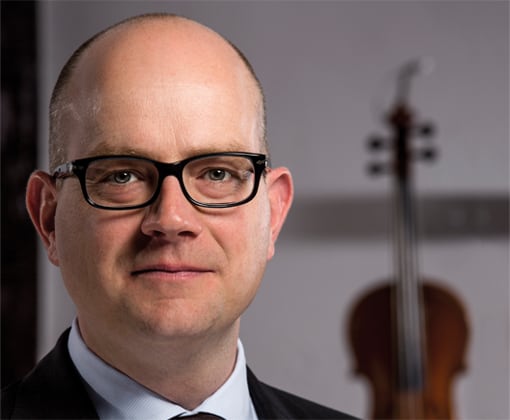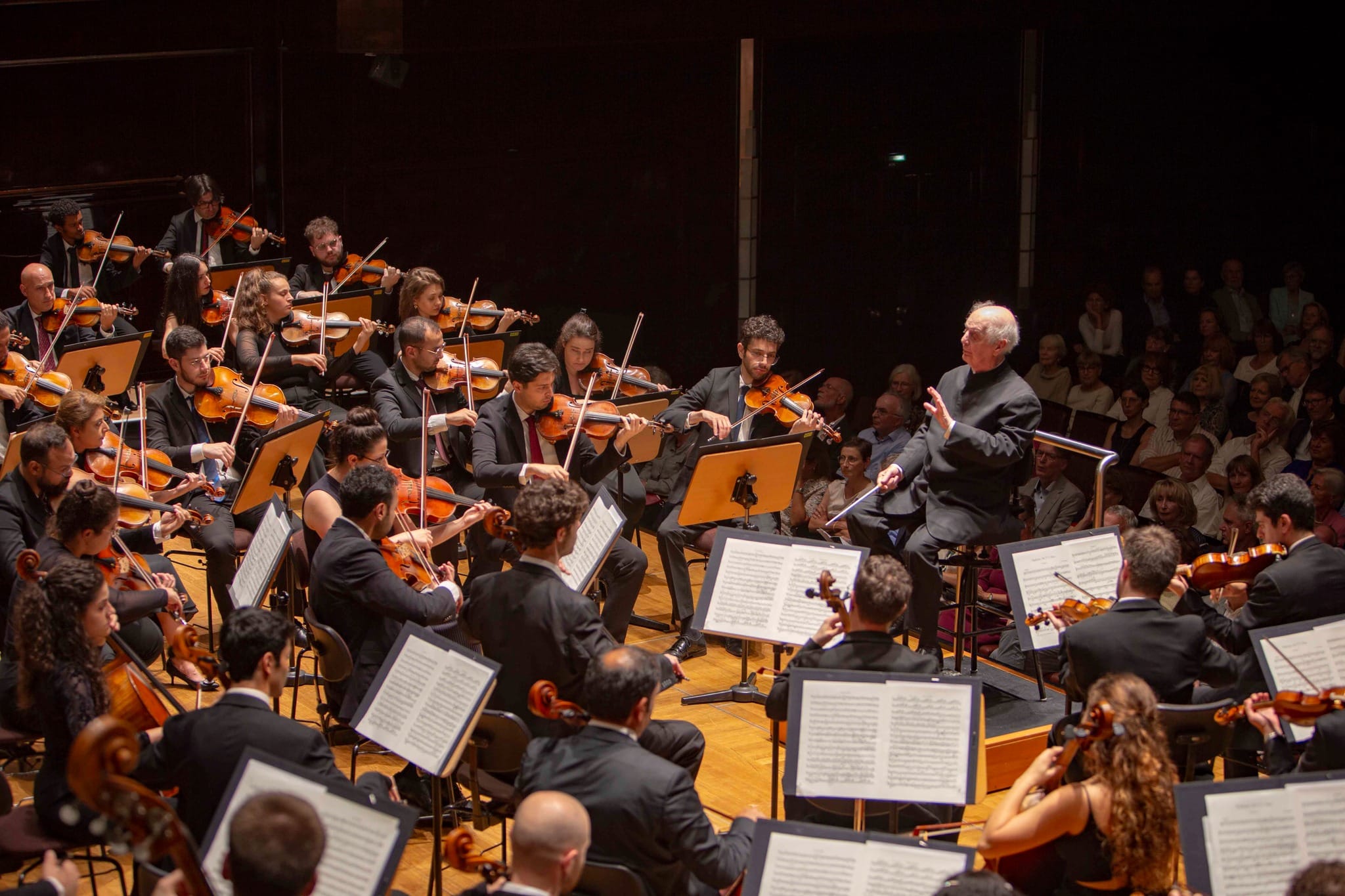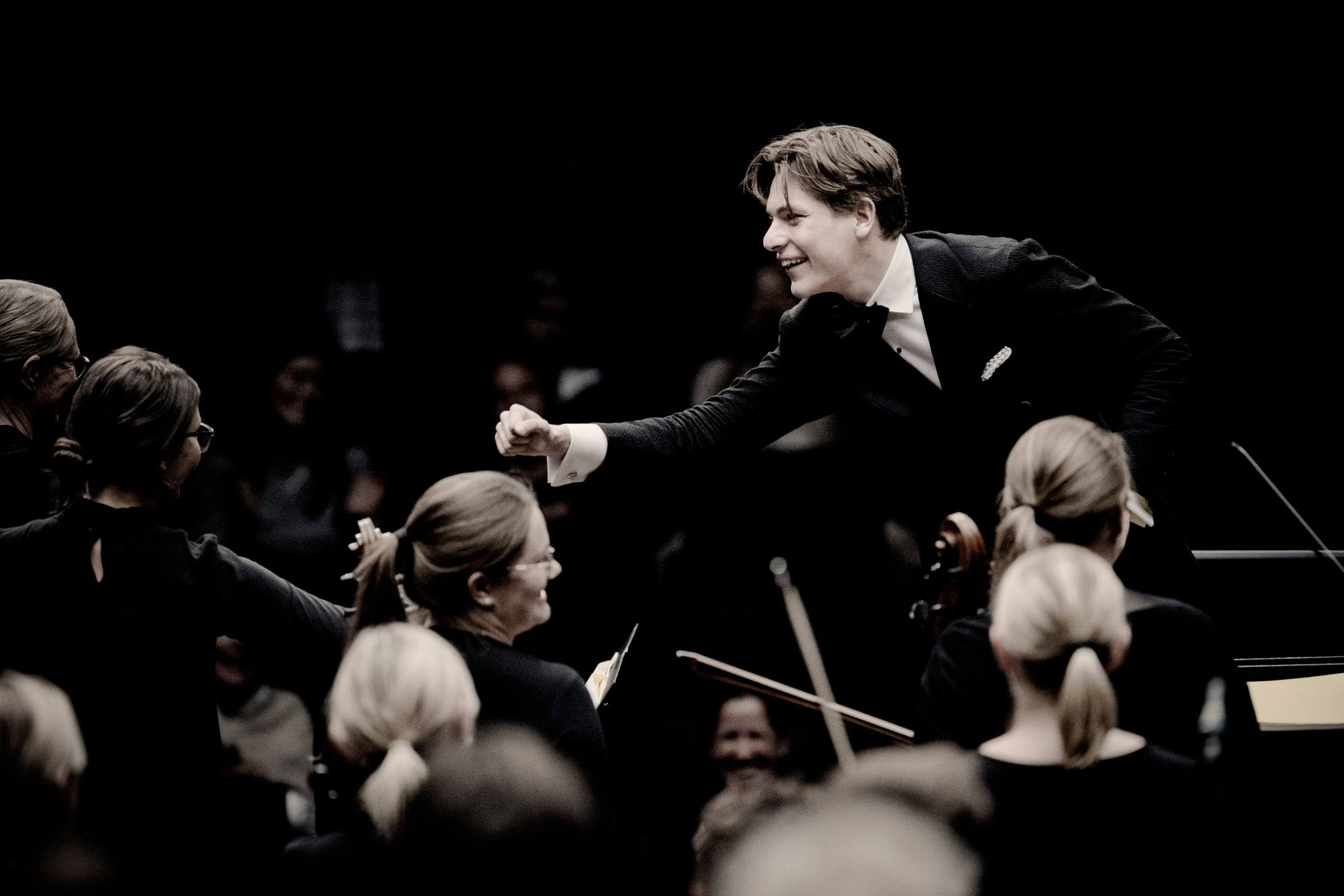Banker’s hedge fund is founded on violins
mainThis is about money, not music, so if you’re not interested click somewhere else.
Christian Reister, a former asset manager at a major Fankfurt bank, has set up a fund based on pedigree violins whose value, he says, can appreciate by 8 per cent a year. His firm, founded in 2014, has sold several dozen instruments to private investors, endowments and family offices.
Now he has started a new fund based on ‘the alternative asset class’. Wassat?
“A Stradivarius can contribute to the diversification of a portfolio due to the low correlation with other asset classes,” Mr Reister said.
Er, and?
Mr Reister and his business partner, Jost Thoene, generate income by either finding instruments themselves and then trying to sell them at a profit, or purchasing them on behalf of clients in return for a fee.
But he wants someone else to put up the money first. That’s banking for you.

Here’s his cv:
Christian Reister, born in 1972, has worked in the field of high net worth investments for more than 20 years. He has many years of extensive experience in both wealth management and asset management. In the past 10 years he worked for M&G Investments, a part of Prudential plc. in London, and for Metzler Asset Management, part of the 340 year-old Metzler Bank in Frankfurt. As Prokurist and Director of Business Development, he was responsible for large institutional clients in international markets





He ought to team up with Cressida Pollock, ex of ENO. Talking about big money all the time
I’ve seen articles about rare string instruments as investment vehicles off and on for years now.
If it is a genuine fund, which would buy instruments using pooled money paid into the fund by individual investors, there are several problems common to all “collectibles” :
–Origin: How do you know the instruments are genuine? The fund manager could cheat you
–Valuation: There is no way of valuing a portfolio of instruments on a regular basis as could be done with the S&P 500 stock index or any individual company stock or bond which are price-quoted daily on worldwide stock exchanges.
The value of the portfolio can ultimately only be determined by selling all the instruments via an auctioneer who will charge a hefty fee.
–Illiquidity: your money is tied up long term, you may not be able to sell your fund shares quickly if you need the money urgentyl
–Charges: the 8% p.a. appreciation mentioned is most likely a paper figure based on price estimates. From this figure, management costs would have to be subtracted and are likely to be hefty.
You really miss the point in so many different ways.
They are not making a mutual fund here. People with plenty of money to invest often do so in funds that offer limited liquidity (withdrawals only available on certain dates, by prior arrangement) so that the fund manager is not forced to hold cash or sell assets quickly. There is no need to provide a daily quote for the fund’s net asset value, just like you don’t need a daily quote on that Renoir in the study. In the US, such funds often can only be offered to so-called “accredited investors” who must meet income and net worth tests. You don’t buy such an investment with money that you’re going to need at short notice.
The fund takes in cash from investors and buys the assets as they become available. At some point, either after a fixed term, or by other arrangement, assets will be sold off and the proceeds distributed to the investors according to the size of their stake. Might be rolled into another round of the fund so as to avoid the tax man’s bite. Expenses should not be very high as the fund doesn’t really trade, it just buys suitable instruments as they become available at the right price. No corps of highly-paid analysts coming through financial reports or talking to company managements trying to find an edge. Everyone in the business pretty much knows what to buy, the value is in having the right contacts so that you can buy or sell at the right price.
By investing in a portfolio of instruments, the danger of getting something that “is not right” is diluted. Having an investment in an asset class whose price movements are not strongly correlated with stock or bond prices offers some protection to the investor.
Instruments are not only sold at auction, and this is especially true for top-drawer instruments where a patient private sale can reap a much larger figure. There can be substantial costs for selling, yes, but those costs are a diminishing percentage as the price goes up. And depending on the business arrangements in question, the selling may be done by an affiliated dealer at a much smaller commission than you would get walking in off the street and asking to sell an instrument.
Another arrangement offered on occasion is purchasing a share of an instrument that is being sold by a dealer. Typically, one can trade in an instrument bought at a dealer against a higher-priced instrument for at least as much as was paid, or more. This causes cash-flow headaches for the dealer, who usually needs to pay the seller promptly, but won’t be collecting much of the money until the instrument traded in is sold, which may not be prompt at all! So, some shops will recruit outside investors to purchase that instrument and immediately offer it for sale, with the investor’s return depending on how long it takes to sell, but usually with a specified minimum return, and an agreement to repurchase the instrument if it has not sold by a certain date. With such an arrangement, frequent turnover of the instruments held is not undesirable, if the dealer has a steady stream of investment instruments into which one can roll over the proceeds.
Jost Thöne, the dealer associated with this enterprise mentioned above, is a well-respected dealer who handles many high-end instruments. His firm has been producing a series of volumes cataloging the output of Antonio Stradivari. I have no connection with him, have not met him, but am aware of his reputation.
Fine instrument prices have a strong uptrend dating back well over a century. I was amused to read a magazine article some years ago talking about the soaring prices, how they couldn’t possibly go on, given the staggering price appreciation. Then the article revealed that the text quoted was from a similar article penned some decades earlier. That whole article was quoted inside another article, and it was written about 50 years ago, IIRC. Bows (which have shown similar appreciation) used to be so cheap that a dealer would throw in a fine French bow like they might include a case today. Some of those bows that were almost too cheap to quote can now fetch a 5-figure sum! The Stradivari violin known as the “Lady Blunt” set a world auction record in 1971, selling for the equivalent of $200,000. It was recently auctioned to raise funds to help victims of the 2011 earthquake in Japan and again set a new world auction record of $15,900,000. In the middle of the 20th century, an excellent Stradivari violin might fetch $25,000. A late friend who owned the violin on which Joseph Joachim played the premiere of the Brahms violin concerto turned down an offer of $20,000,000 a few years ago. Another friend passed up the opportunity to buy a Stradivari viola in the 1950s for $5,000; that viola was recently offered for sale at $45,000,000 (it didn’t sell at that price, but there are only a dozen or so violas known to exist, so a buyer will eventually pay at least a record price for a violin for it).
Do you think the Austrian National Bank buys Stradivari (and other) violins just because they want to be pals with a few members of the Wiener Philharmoniker?
https://www.instagram.com/danielauner/p/BjfHP98ntqH/
Bill, I know the guy who passed on the MacDonald strad viola….but it was offered to him, mid 1950’s at $50,000…..not $5,000.
Want to make a small fortune? Easy, just invest a large one in this guy’s fund.
Some believe that “collectibles” are a safer investment than investing money in financial instruments
They don’t necessarily put it on their websites, brochures, or lavish calendars, but most major violin dealers, an unusual group of folks if there ever was one, have been making this same “alternative” or “non-corrolated” asset class pitch for years. That is why fewer and fewer of their most beloved customers have those tell-tale bruises on their necks or could tell you just which string is E, which is A, which D and which is G. They don’t care if it is a violin, a Ming vase, or a securitized mezzanine-funding subordinated debt debenture.
Of course the dictates of such sophisticated financial planning also mean that the instruments have to be sold quickly at carefully calculated times, meaning that if some artist was lucky enough to be lent the fiddle by the investor (or the investor’s foundation) they find themselves abruptly having to give it up. Hopefully they are at least allowed to finish their cadenza before handing it over.
It does strike me however that perhaps these individuals of great wealth and influence could be better positioned to talk sense into the airlines and the TSA officials about just how fine instruments need to be handled in flight. Lord only knows the artists have been unable to break through the barriers ….
One cannot but think it’s the clever vs the stupid as long as people are conned into buying “brand ” names.
Claiming “expecting 8 percent return per year” just shows he doesn’t under the basics of finance theory. Still, I am sure there is someone who is just as ignorant who will believe him.